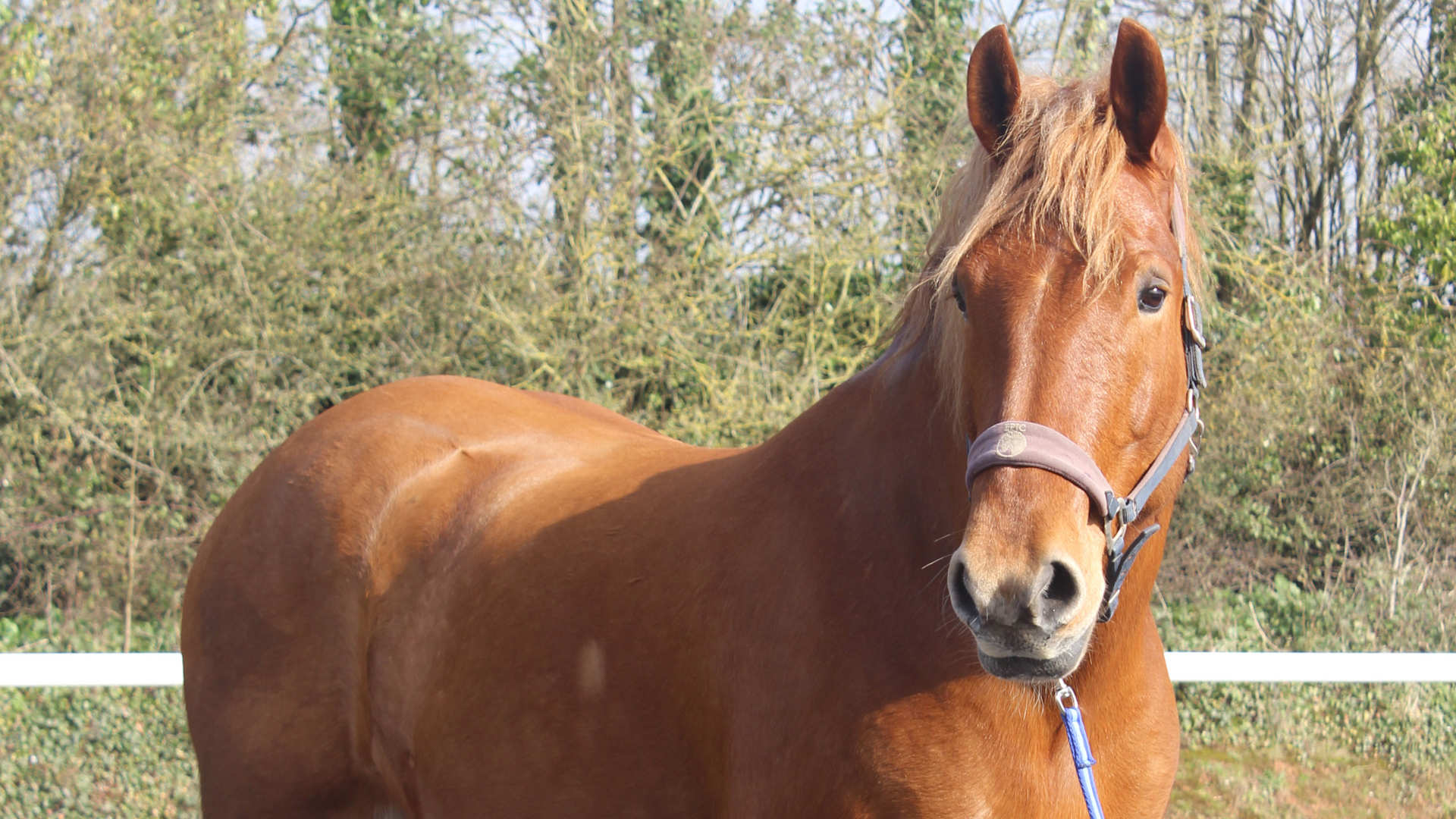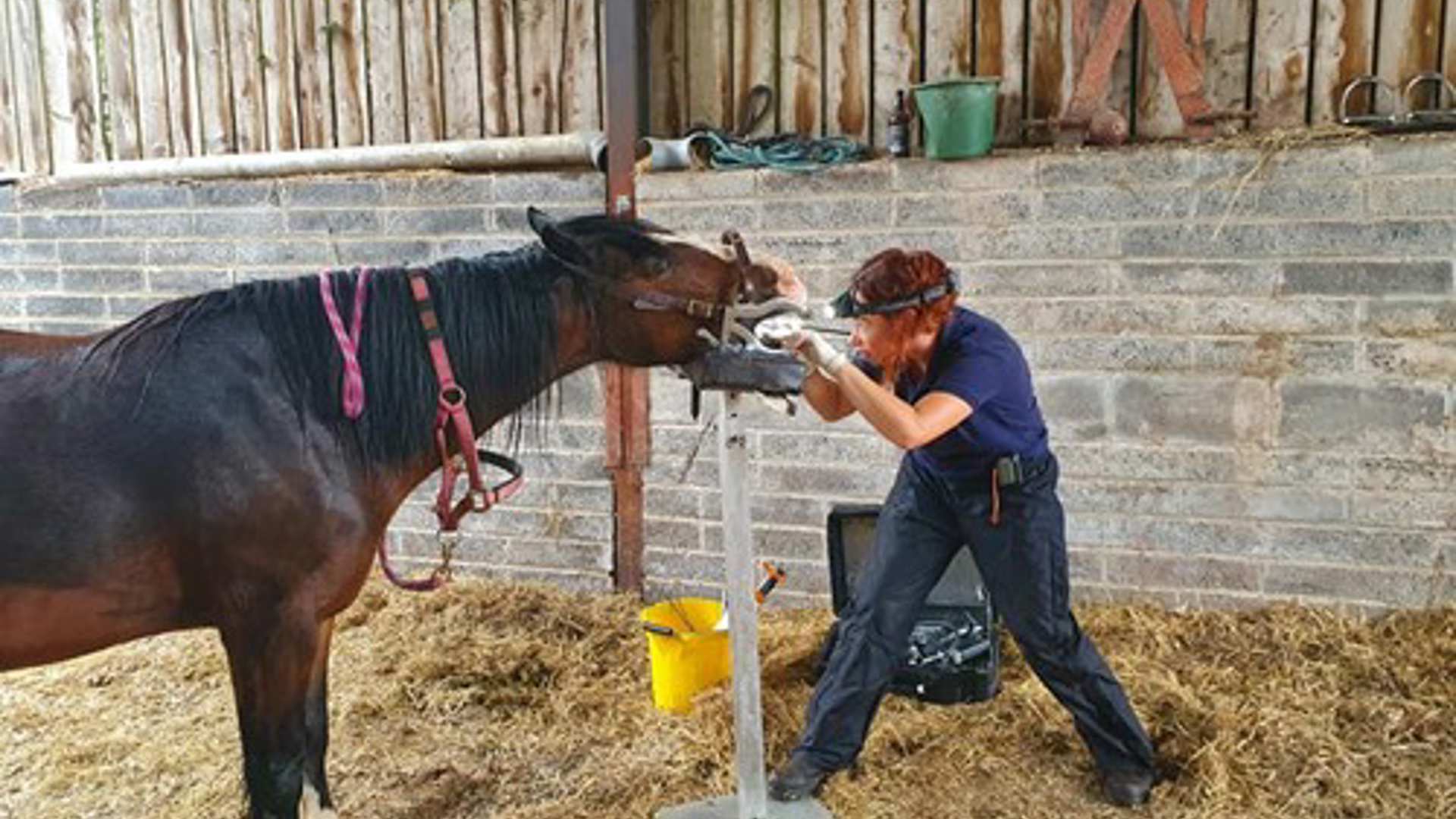
Laminitis is unfortunately something that can be all too common in spring and summer months, and can actually affect patients at any time of year. Anecdotally, spring 2024 seems to have been a year in which the grass is “super charged” as it continued to grow richly through both our recent wet winter and the wet summer 2023. One of the typical presentations might be that owners notice their pony is more reluctant to walk in from the field, especially when they reach hard concrete ground, and become short striding and “shuffle” particularly when turned.
Whilst laminitis can be life threatening, fortunately there are some steps that we can all take to minimise the likelihood of our own horses, ponies or donkeys getting this condition.
The cornerstones of laminitis management include:
- Nutrition
- Exercise (for prevention not treatment!)
- Endocrine control
- Farriery and good mechanics of the feet
Nutrition: Patients which are above their ideal weight can be more at risk for laminitis. A wise starting point is to use a weigh tape over the withers and under the chest and to write down their starting weight. We can then use their weight to portion out appropriate forage over a 24hr period and to dose drugs accurately. For active weight loss we recommend that 1.5% of the horse’s body weight is what they might need over 24hrs. Naturally it is unrealistic to work out the weight of grass consumed in 24hrs, but weighted springs can be very useful if box rested. We suggest weighing hay before soaking, and then soaking for 2-12hrs to help reduce the sugar content and reduce blood sugar spikes.
Exercise: is important for minimising the risk of laminitis. Where possible we recommend continuing to regularly exercise both horses and ponies, and if too small to be ridden, then walking in hand or lunging. Exercise can help the body to process sugar properly, and reduce the build up of unnecessary fat stores. However once laminitis is diagnosed it is very important to rest your horse strictly in a stable to minimise movement, as once laminitis has begun then exercise can exacerbate problems and risk further detachment between the pedal bone and the hoof.
Endocrine Control: Recent research has shown that some endocrine disease can make horses and ponies more at risk of laminitis. In particularly, uncontrolled Cushings (PPID) can contribute to laminitis, so we would recommend testing horses and ponies over 15 years old for this condition. The first blood test is subsidised, and we can then advise on the appropriate dose of daily tablets (Pergolide) to treat this condition. Another condition which can occur is “Equine Metabolic Syndrome”/EMS. The body does not process sugar correctly with this condition, causing excessive sugar spikes and insulin spikes. This condition can be harder to treat, and we suggest careful ongoing control of diet and exercise. In some cases it may be appropriate to start medications which help the body to urinate away excess sugar.
Farrier: We always seek to work alongside your farrier to help manage your horse or pony’s feet. They will typically be on your yard with a much higher frequency, and are best placed to spot either an expanding waistline, increased digital pulses, or changes in the hoof such as divergent growth rings which might point towards an increasing risk of laminitis. In most cases of laminitis, we recommend taking X-rays (radiographs) of the affected patients feet, in order to guide corrective trimming and farriery. Unfortunately once the pedal bone has rotated and become less firmly attached to the inside of the hoof wall, we cannot change or reverse this. However, we can use special horseshoes and pads to alleviate pain.
Stay in the know Related articles & advice
-
Mud Fever

-
Colic

-
Dental Health

